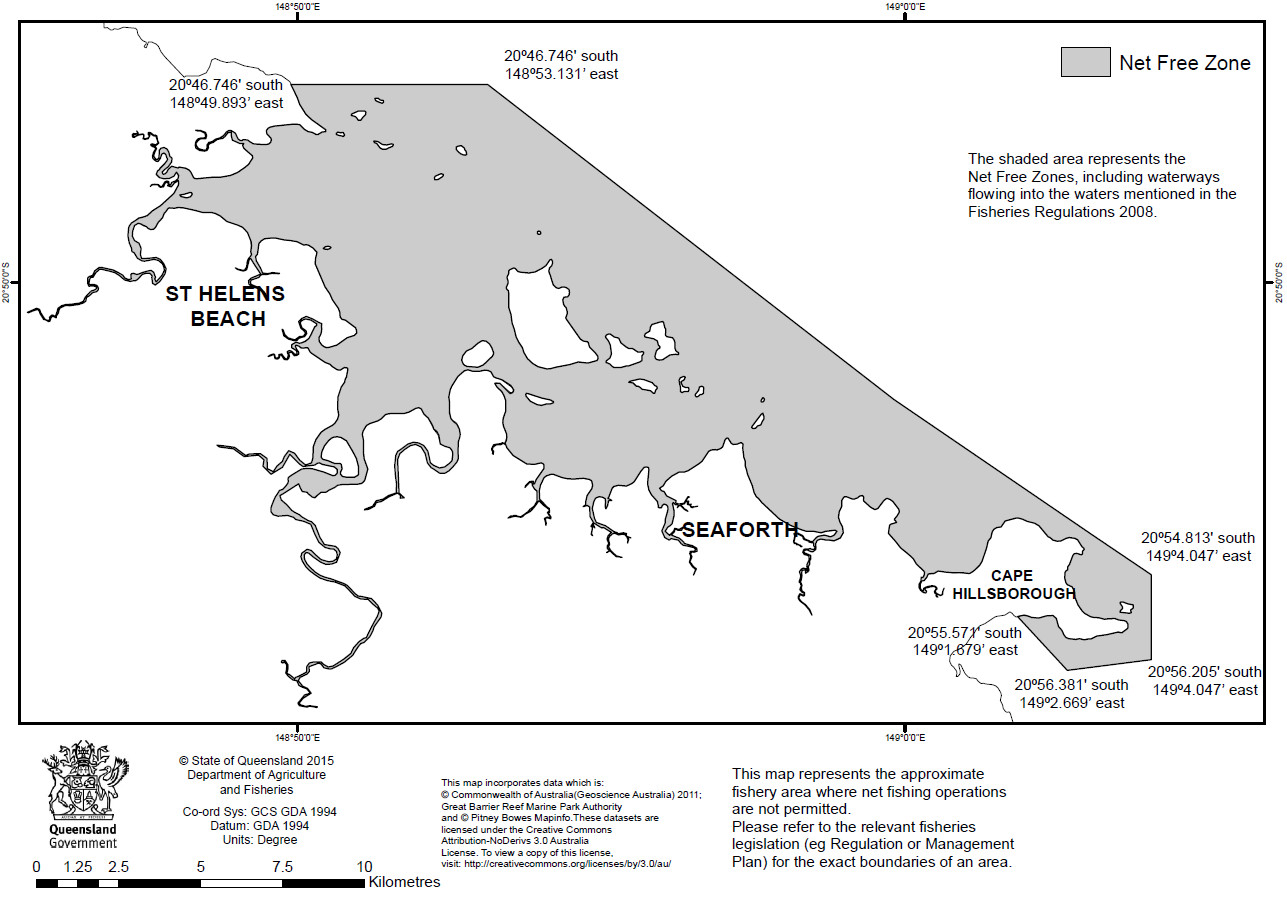St Helens is arguably Tasmania’s premier saltwater fishing destination.
The town is on Tasmania’s north-east coast, off the Tasman Highway about 160km from Launceston.
This location has an unbeatable combination of sheltered water fishing in Georges Bay, along with offshore deep sea reef and game fishing.
There is also easy landbased fishing for family fishos, with several small jetties near the town.
Fishos can also stalk the flats and sight-cast fish in crystal clear water.
Commercial fishing and recreational netting was banned inside Georges Bay in 2004.
St Helens’ location on the “warm” east coast adds to its allure for Tasmanian holidaymakers.
There is reasonably safe access to the outside grounds for those with suitable boats and seafaring skills.
The main species caught in the bay are black bream, yelloweye mullet, Australian salmon, flathead, leatherjackets, silver and snotty trevally, tailor, jack mackerel, pike, barracouta, luderick, flounder, garfish, pink snapper, bluethroat wrasse and king george whiting.
Yellowtail kingfish show up in warm weather, and large calamari squid are usually reliable.
Landbased spots to try include St Helens wharf, Beauty Bay jetty, Kirwans Beach jetty, Parkside jetty, Talbot Street, Cunninghams Jetty, Stieglitz Jetty, Akaroa, Burns Bay, Maurouard Beach, Dora Point and Binalong Bay.
The flats at Stockyard Bay provide excellent sight fishing for various species.
Dora Point has a rock area suitable for landbased lure casting that produces big trevally and salmon, with the chance of kingfish.
Flats within Georges Bay have yabbies (nippers) which can be pumped and are superb bait.
The public camping area at the entrance to Georges Bay has good landbased fishing nearby when salmon and tailor are running.
The east coast’s small rivers, including St Helens’ Georges River, while not carrying many trout, are renowned black bream fisheries.
There are also plenty of big bream caught on the bay flats, and finesse lure fishing works well for these in the clear water.
St Helens is perhaps best known among fishermen as Tasmania’s gamefishing centre.
Offshore fishing produces bluefin tuna, albacore, swordfish and mako sharks.
When the warm water of the EAC is running down Australia’s east coast and past Tasmania, anything is possible, with mahi mahi caught as far south as Port Arthur in years past.
Deep sea reef fishing off St Helens produces tiger flathead, striped trumpeter, morwong, blue-eye trevalla, grenadier and gemfish.
St Helens fishing seasons
Summer sees baitfish schools running throughout Georges Bay and Australian salmon, jack mackerel, trevally and tailor are rarely far behind.
Bream are feeding across the flats from January to May. silver trevally, pink snapper, king george whiting, yellowtail kingfish and squid are also good at this time of year.
Easter until September is a good time for big garfish. Leatherjackets and yelloweye mullet also bite well in winter.
Spring at St Helens sees a run of sea trout chasing the annual whitebait migration.
A north-easterly afternoon sea breeze blows during summer but often drops away near sunset.
Autumn and winter provides calmer but colder conditions, with ultra-clear water.
Georges Bay itself is a Shark Refuge which means no taking of sharks, skate or rays, other than elephant fish.
Here is a list of recommended tackle for Tasmanian waters.
St Helens tides
Tasmanian FADs
Tasmanian fishing regulations
Tasmanian marine reserves
Tasmanian saltwater fishing seasons
Trout fishing spot access programs
Fisheries assessment reports
Buy a freshwater fishing licence
Tasmanian lake levels (hydro)
Tasmanian river flows (govt)
Bag and size limits
Private Tasmanian trout fisheries
Return to the Tasmanian Fishing Map
Email updates or corrections to [email protected]




